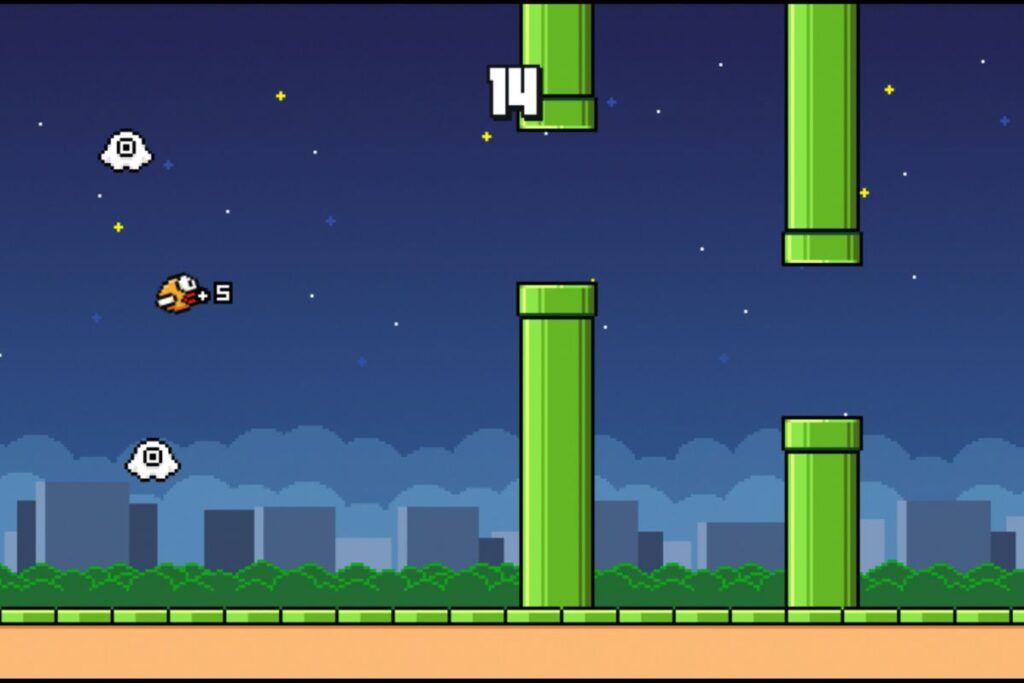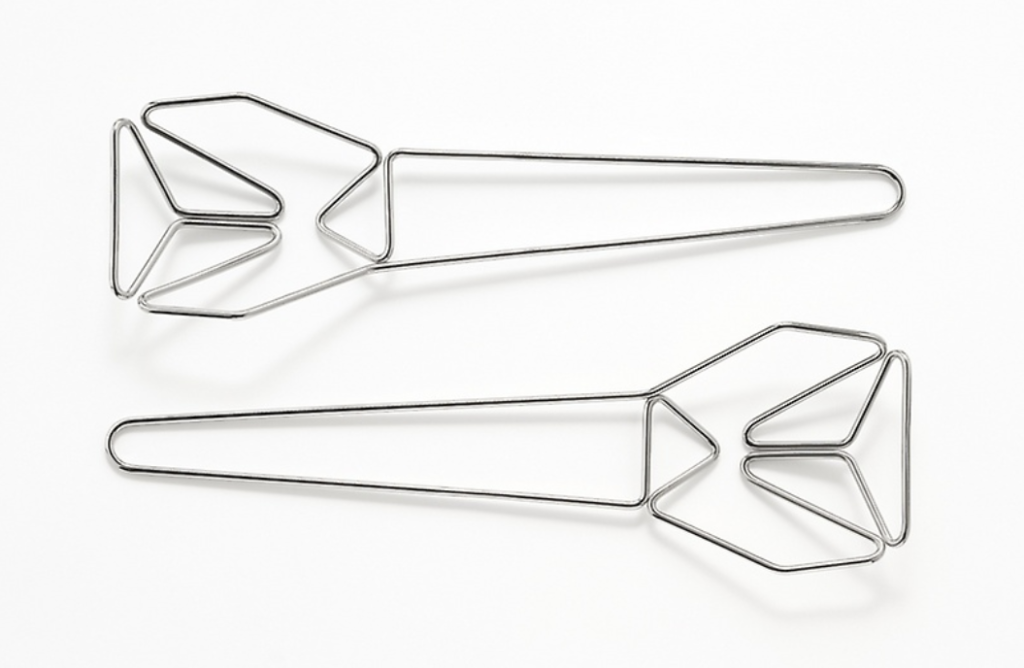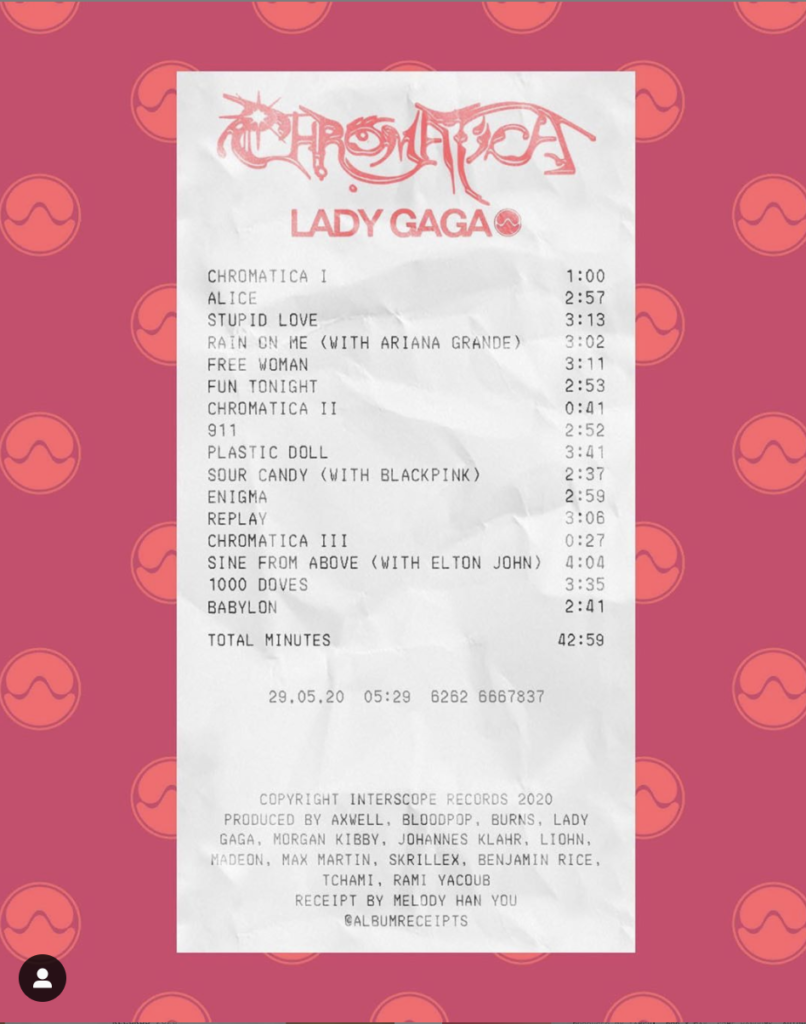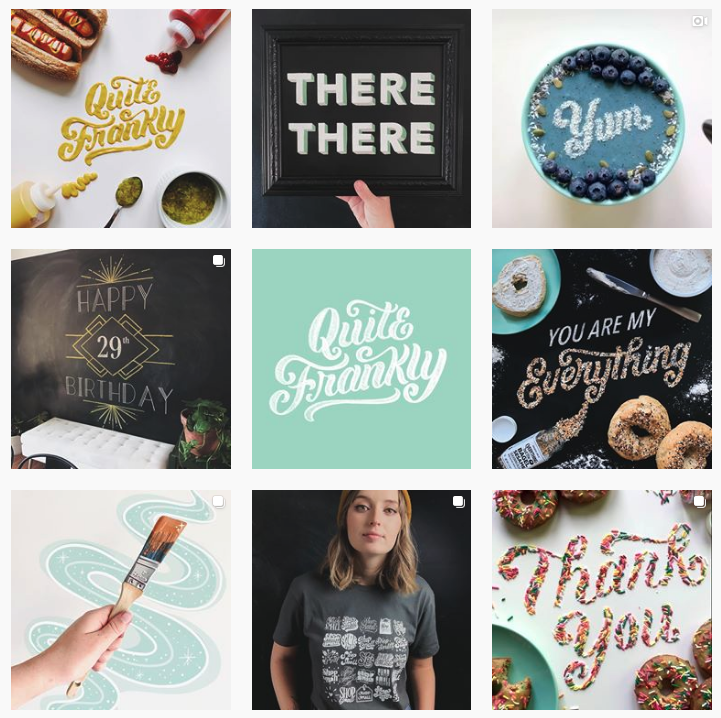Games in Art – Art in Games
Game: “A game is a structured form of play, usually undertaken for entertainment or fun, and sometimes used as an educational tool.Games are distinct from work, which is usually carried out for remuneration, and from art, which is more often an expression of aesthetic or ideological elements(…). Key components of games are goals, rules, challenge, and interaction.”
Art: “Art is a diverse range of human activities involving the creation of visual, auditory or performing artifacts (artworks), which express the creator’s imagination, conceptual ideas, or technical skill, intended to be appreciated primarily for their beauty or emotional power.”
—
Many artists base their work on the intent of involving the viewer, or the subject, in certain ways. Artists look for evoking feelings or emotions in a certain way. However, most traditional media fail to involve users completely. Even though the work of more progressive artists such as James Turrell or Olafur Eliasson play with viewer’s perception and aim to interact with them in a more active, immersive way, they are still passive installations just meant to be contemplated.
Games, on the other hand, need the interactive component to exist in the first place. Without a person actively interacting with it, there is nothing. They owe their very existence to the spectator who interacts with them and thus, they become the perfect tool for artists to gain their viewers’ active participation. This opens the door for more effective ways to communicate with the spectator and evoke emotions through art.
Even though there are some niche artists exploring these paths now, I believe that as digital literacy becomes more accessible through new and more user-friendly tools and programming languages, we will start to see games thriving as a new, more widely accepted media for art.



